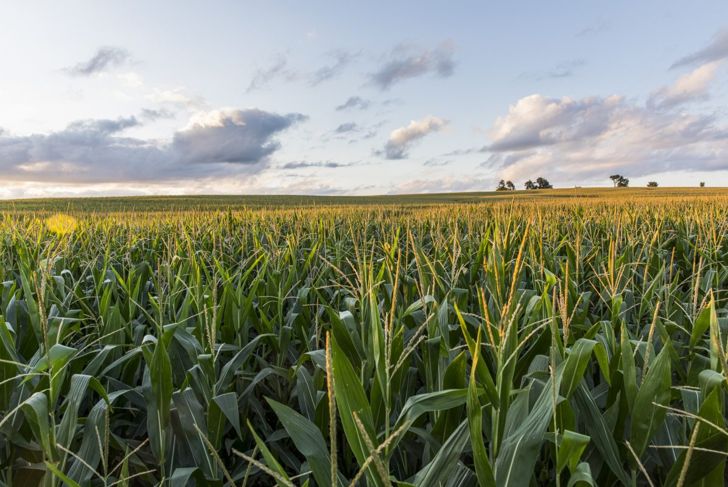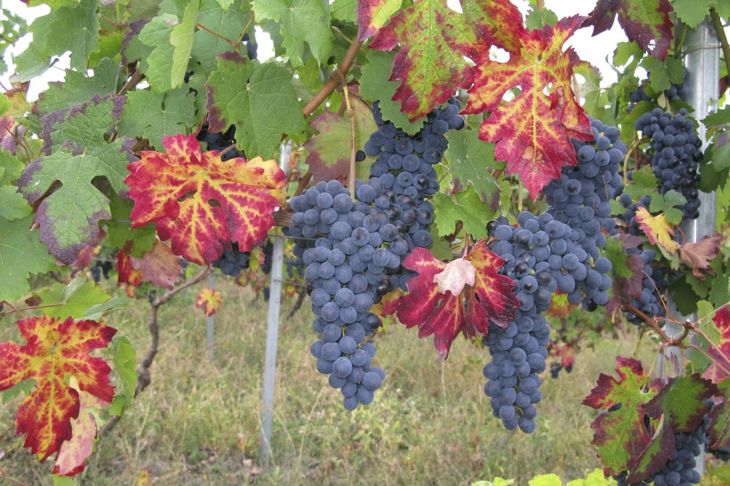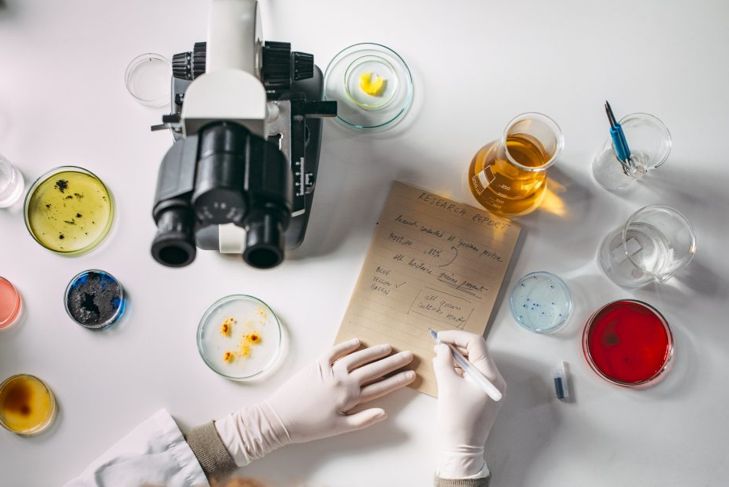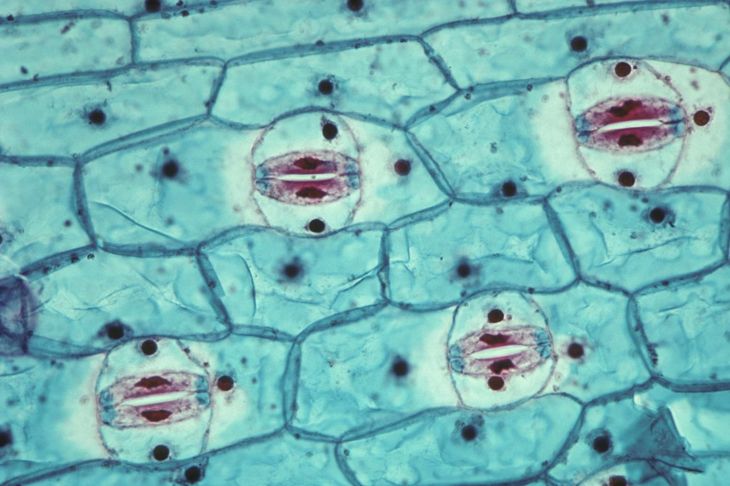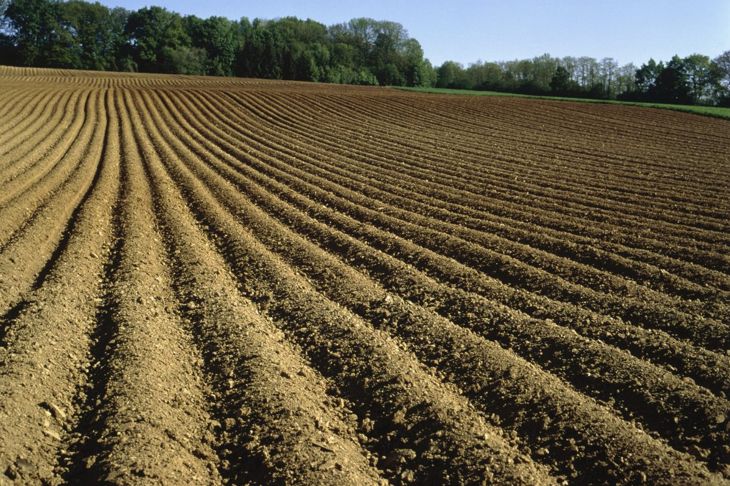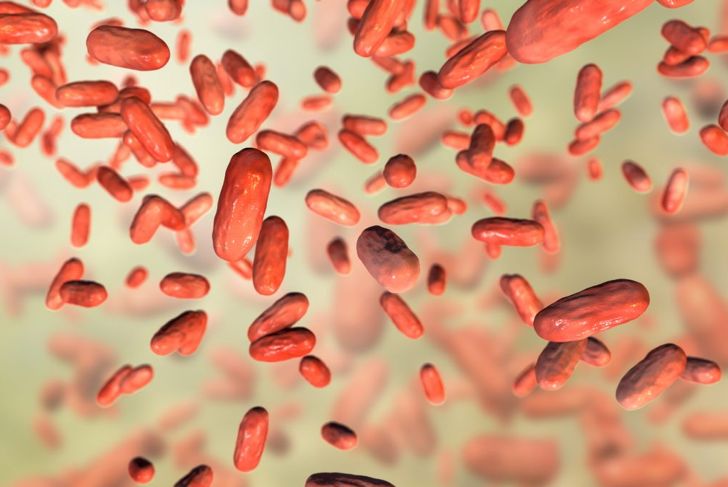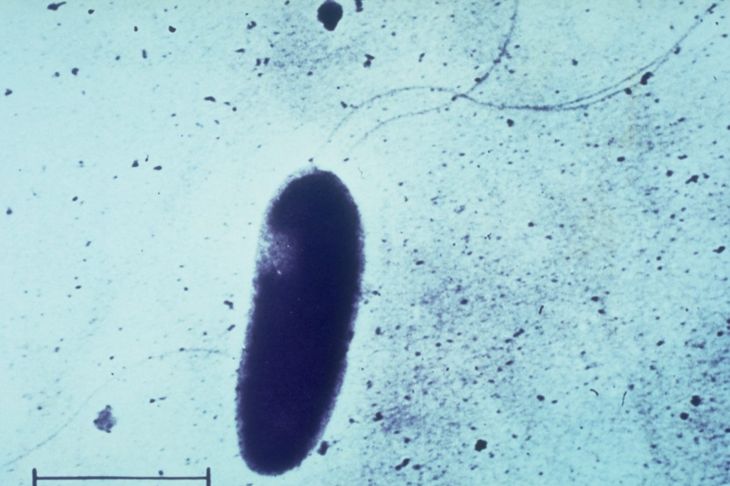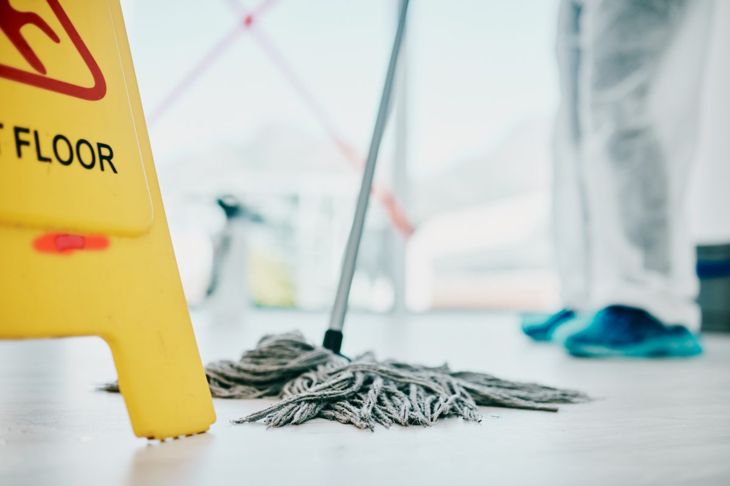Pseudomonas bacteria are everywhere. They live on plants, in water and soil, and on humans. Each species has its own mechanisms and processes for dealing with these bacteria. For the organism with strong protections in place, coming in contact with these germs is uneventful or mildly irritating, but pseudomonas can cause problems under specific conditions.
Pseudomonas chlororaphis
Pseudomonas chlororaphis is a nontoxic bacterium that protects plants from soil-borne pathogens. It produces phenazines, water-soluble crystalline by-products that inhibit the growth of phytopathogenic microbes. Additionally, the IPD072Aa protein derived from P. chlororaphis is added to maize to naturally protect it from coleopterans insects, such as beetles and weevils, that attack crops.
Pseudomonas protegens
In some regions, grapes are cash crops that make wine, jellies, and other food products. Vitis vinifera is a common grape native to regions like the Mediterranean and is prone to Phaeoacremonium aleophilum, which causes grapevine trunk diseases. The MP12 strain of Pseudomonas protegens showed in vitro inhibition of these pathogens and in vitro antifungal activity against another disease that affects the leaves.
Pseudomonas fluorescens
Pseudomonas fluorescens plays a significant role in plant growth, helping certain food crops fight off pathogens. One set of data shows that it protects cabbage, wheat, and tobacco crops from rot. In the case of rice, a staple for many cultures around the world, P. fluoroscens helps plants resist Rhizoctonia solani, a blight fungus. It rarely causes infection in healthy individuals but can infect people who have a suppressed immune system.
Pseudomonas putida
What makes the Pseudomonas putida bacteria special is its ability to metabolize an array of organic and inorganic compounds. Additionally, P. putida can infect humans. Research shows that people with compromised immune systems can acquire the infection in rare instances. Of the four identifiable strains, three affect mammalian tissue, and of those, one can cause significant damage to the epidermis.
Pseudomonas syringae
Pseudomonas syringae is one of the most common and well-studied plant pathogens. To avoid infection, plants develop special detection systems. While the bacteria live on the plant as a nonparasitic organism, all it needs is some sort of damage to the stomata, a tiny opening, to gain entry. Once that happens, P. syringae then uses toxins to override the plant’s defenses and spread.
Pseudomonas stutzeri
Several strains of Pseudomonas stutzeri can degrade pollutants, and its specific metabolic properties make it especially helpful with toxic metals. These bacteria also deplete soil fertility by removing valuable nitrogen. Because it is an adaptive bacteria, P. stutzeri has pathogenic tendencies in humans and has caused pneumonia and other infections dating back to the mid-1950s. However, it is classified as an opportunistic bacteria, one that rarely causes infection in people with healthy immune systems. Most people who develop this infection have underlying medical conditions.
Pseudomonas pertucinogena
Pseudomonas pertucinogena is a relatively small bacteria found in marine environments, including deep-sea soil. It has antibiotic properties. Bacteriocins are antibacterial proteins synthetically derived from ribosomes or RNA binders. Pertucin is a bacteriocin derived from certain strains of P. pertucinogena. Doctors found them effective against the beginning stages of pertussis or whooping cough.
Pseudomonas aeruginosa
Pseudomonas aeruginosa is the most common species that can affect humans, animals, and plants. In humans, it is responsible for bacteremia infections and infections of the lungs and other organs. This pathogen grows well between 77 and 98.6 degrees Fahrenheit, but unlike its contemporaries, it can also thrive in environments as hot as 107 degrees Fahrenheit. P. aeruginosa causes a lot of chronic infections because it is not as toxic and does not trigger a strong inflammatory response.
Antibiotic Resistance
Pseudomonas aeruginosa is difficult to manage because it has various mechanisms of antimicrobial resistance. Antibiotics have a hard time getting through its cell wall, and the bacteria can also acquire resistance capabilities from other organisms or through chromosomal mutation. Viable treatment options include combining medication to inhibit protein synthesis with antipseudomonal drugs.
Hospital Infection Risk
Most pseudomonas bacterial infections are transmitted within the hospital setting. People who recently had invasive procedures, including being hooked up to a ventilator or having a catheter, are at particular risk because the infection is so prevalent and can easily colonize open wounds and the surface of catheters. Regular disinfection of rooms and equipment, in conjunction with regular hand washing and proper disposal of fluids, reduces the risk.

 Home
Home Health
Health Diet & Nutrition
Diet & Nutrition Living Well
Living Well More
More